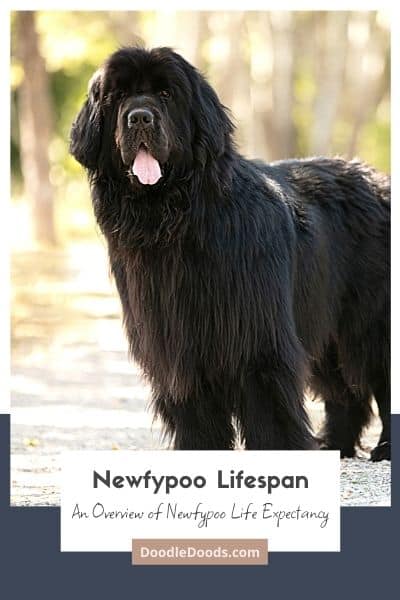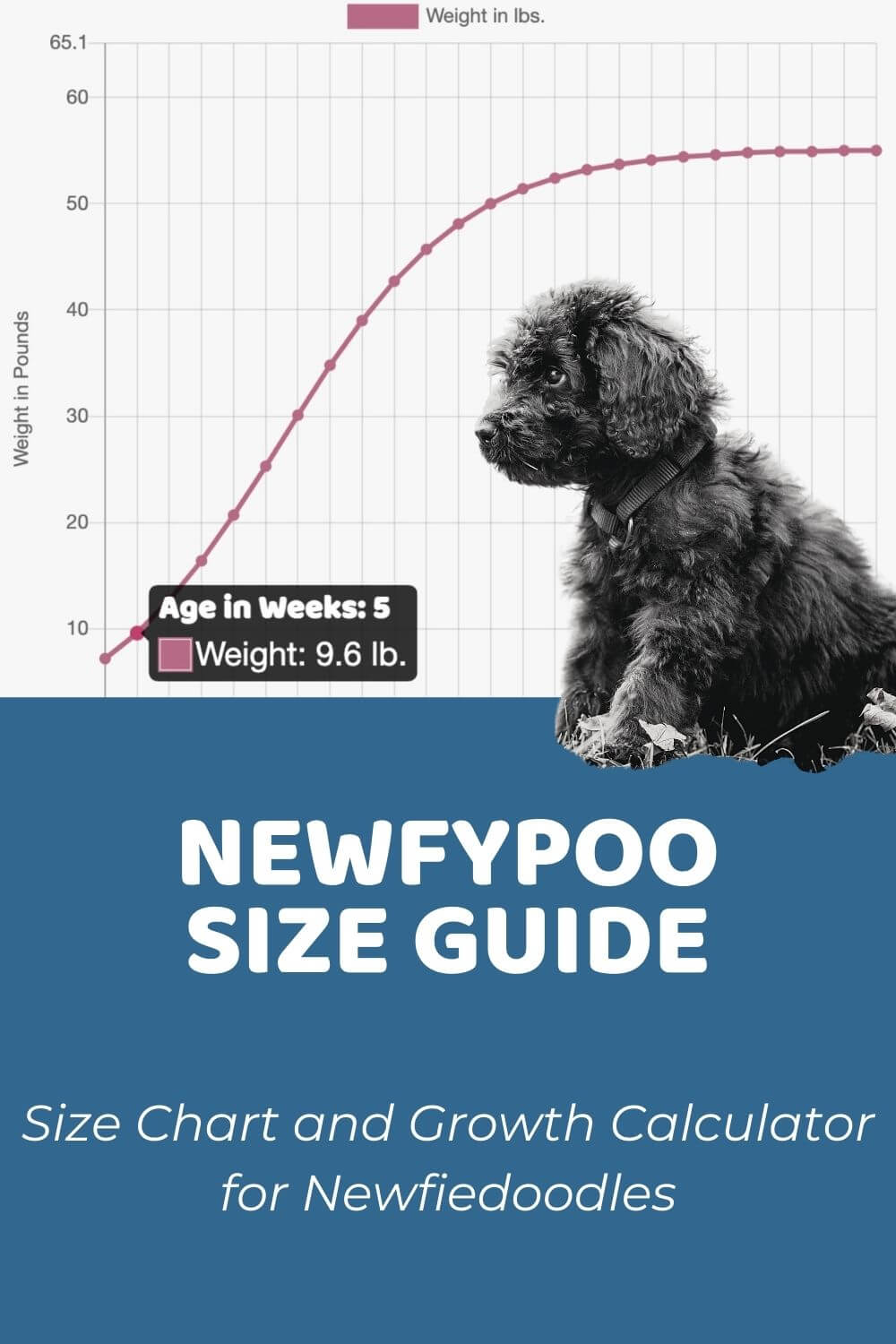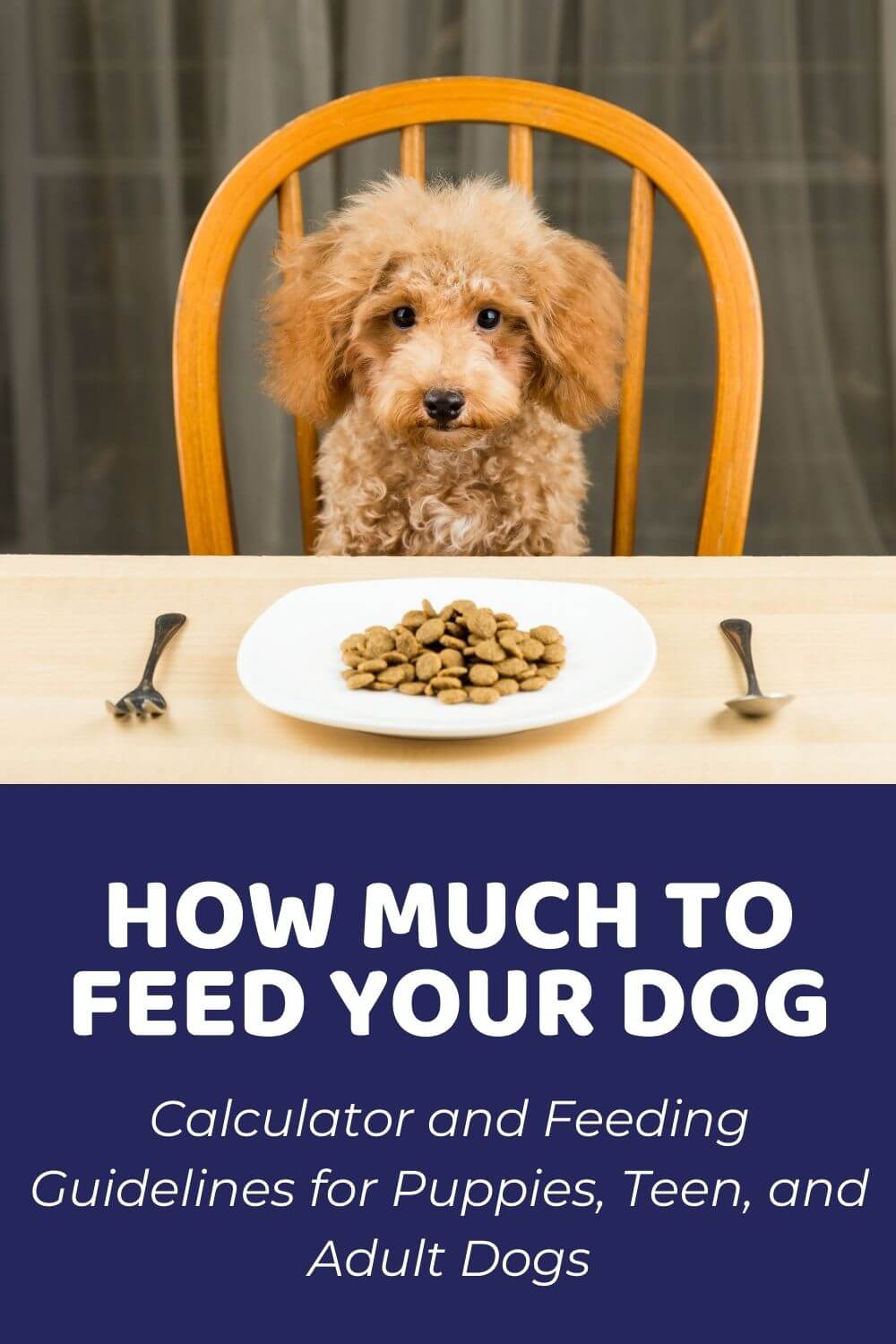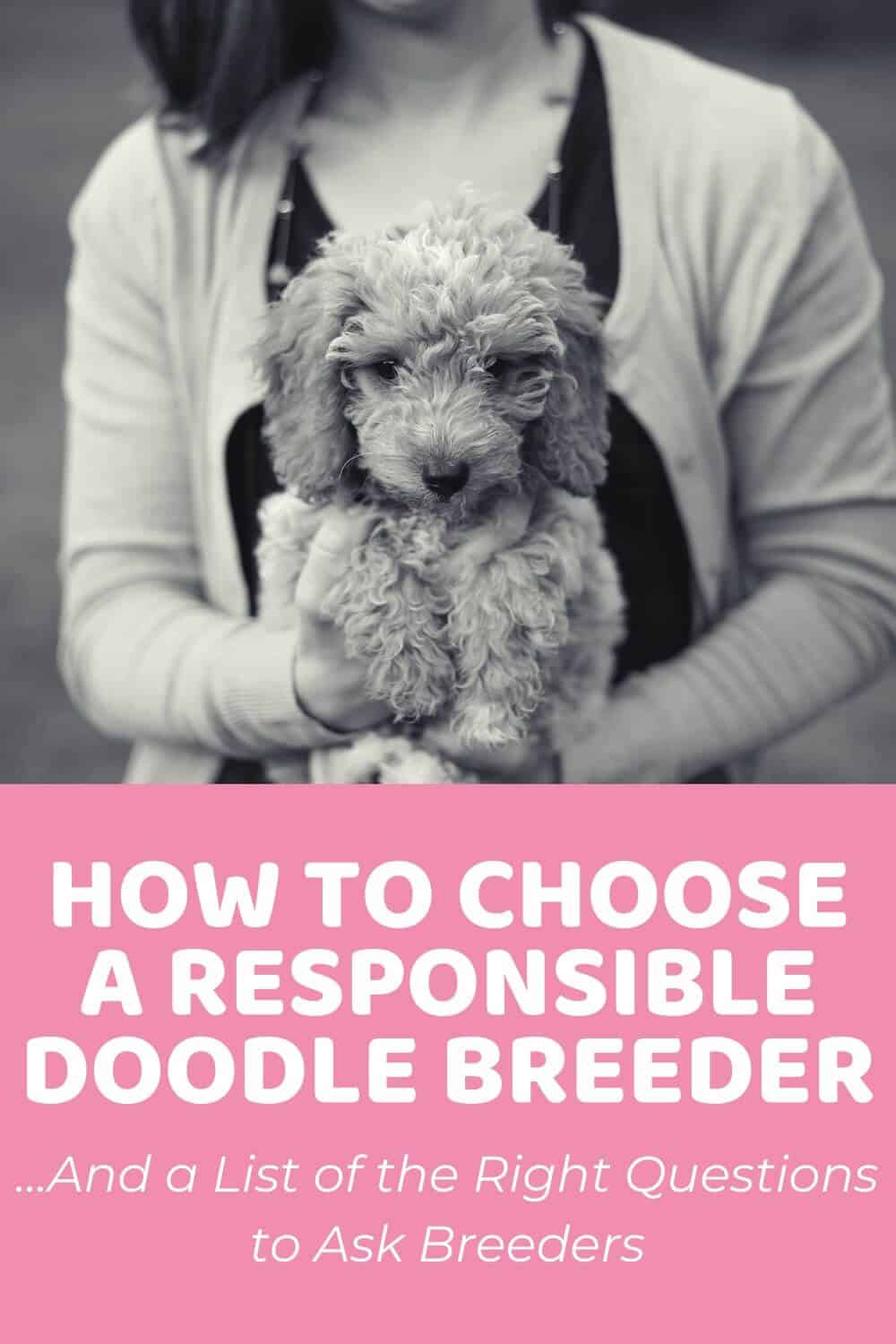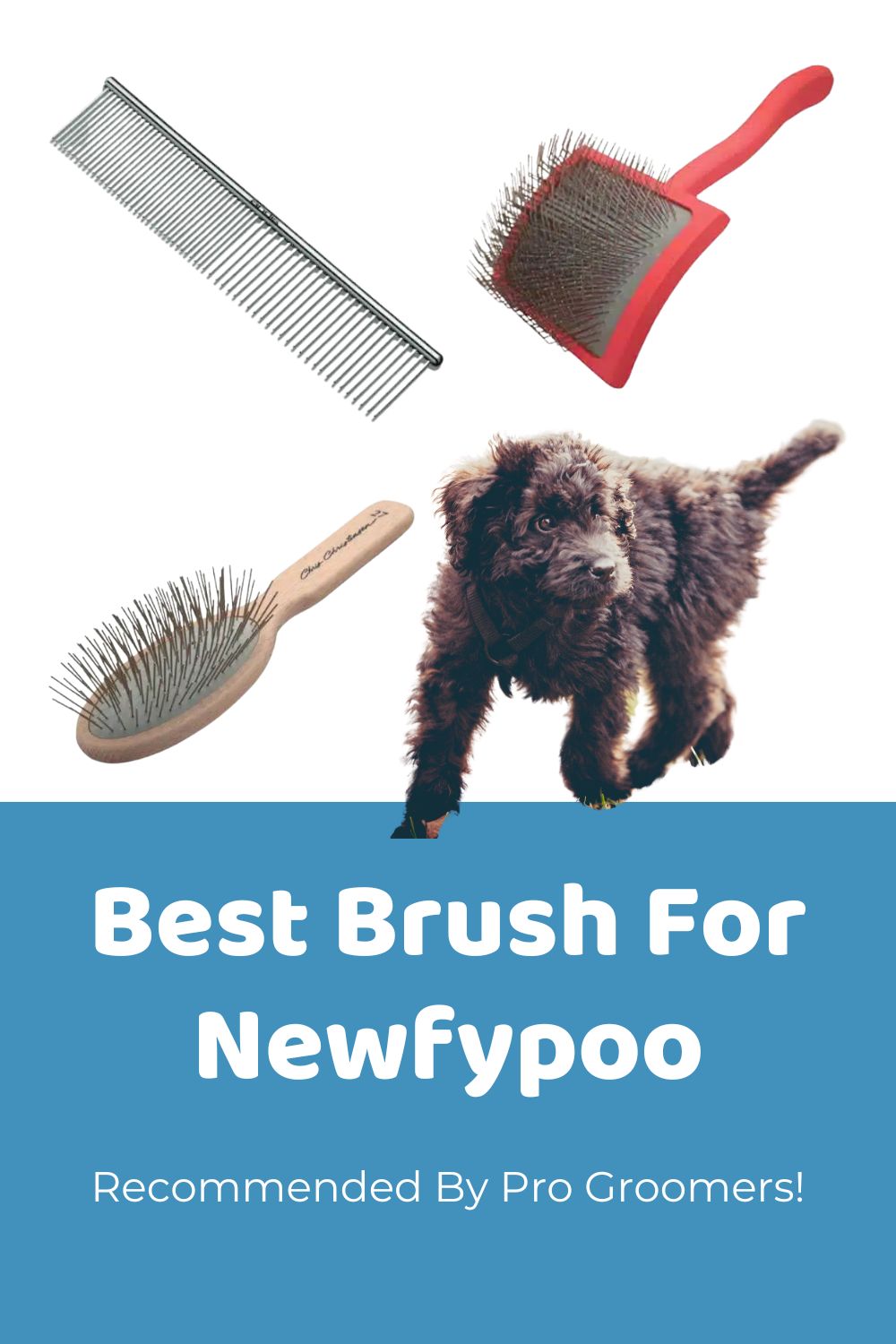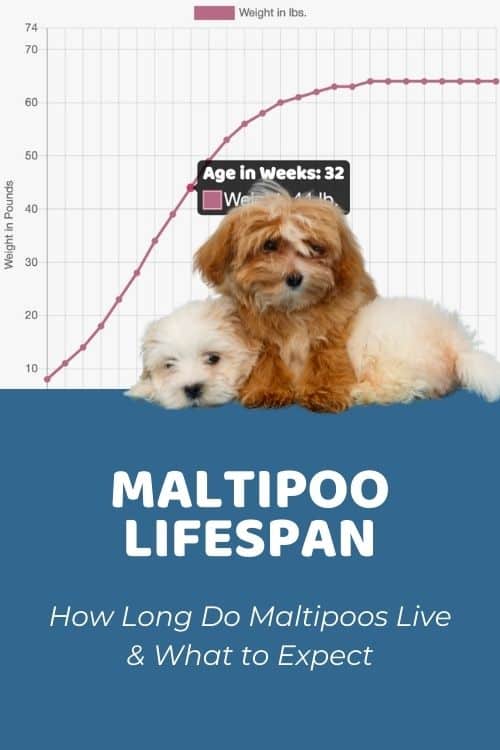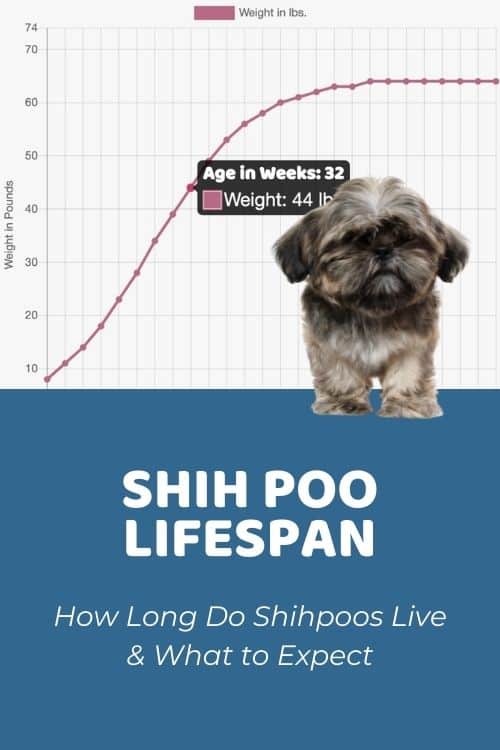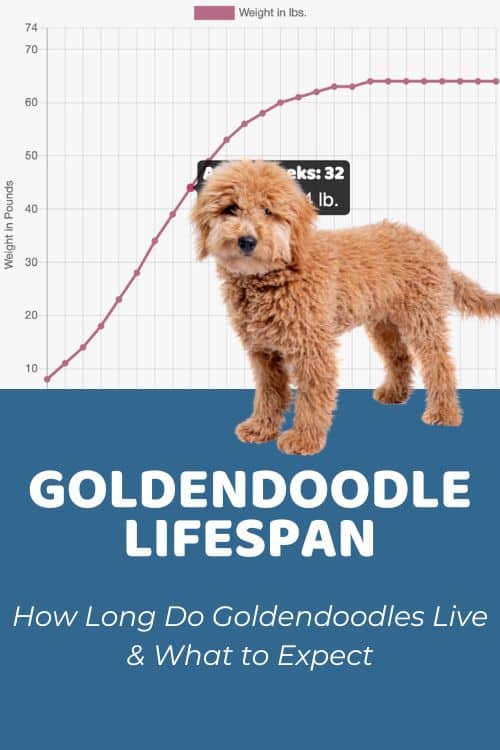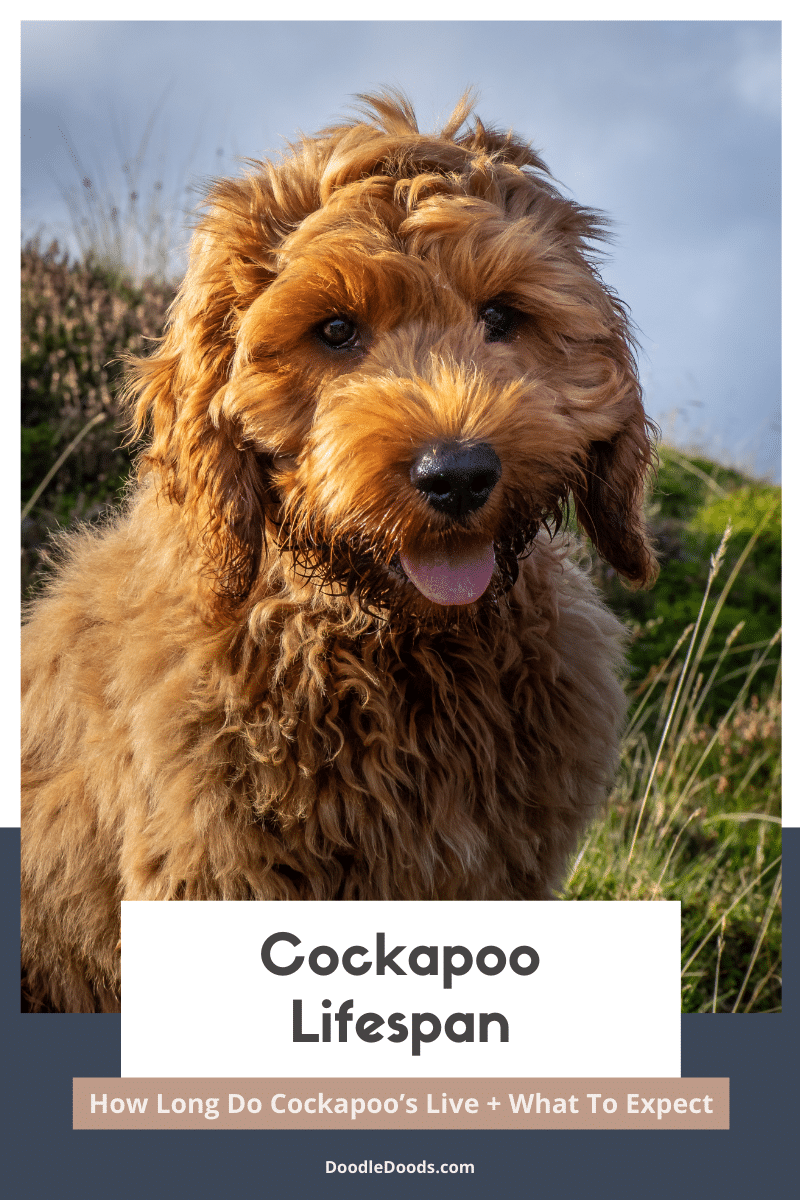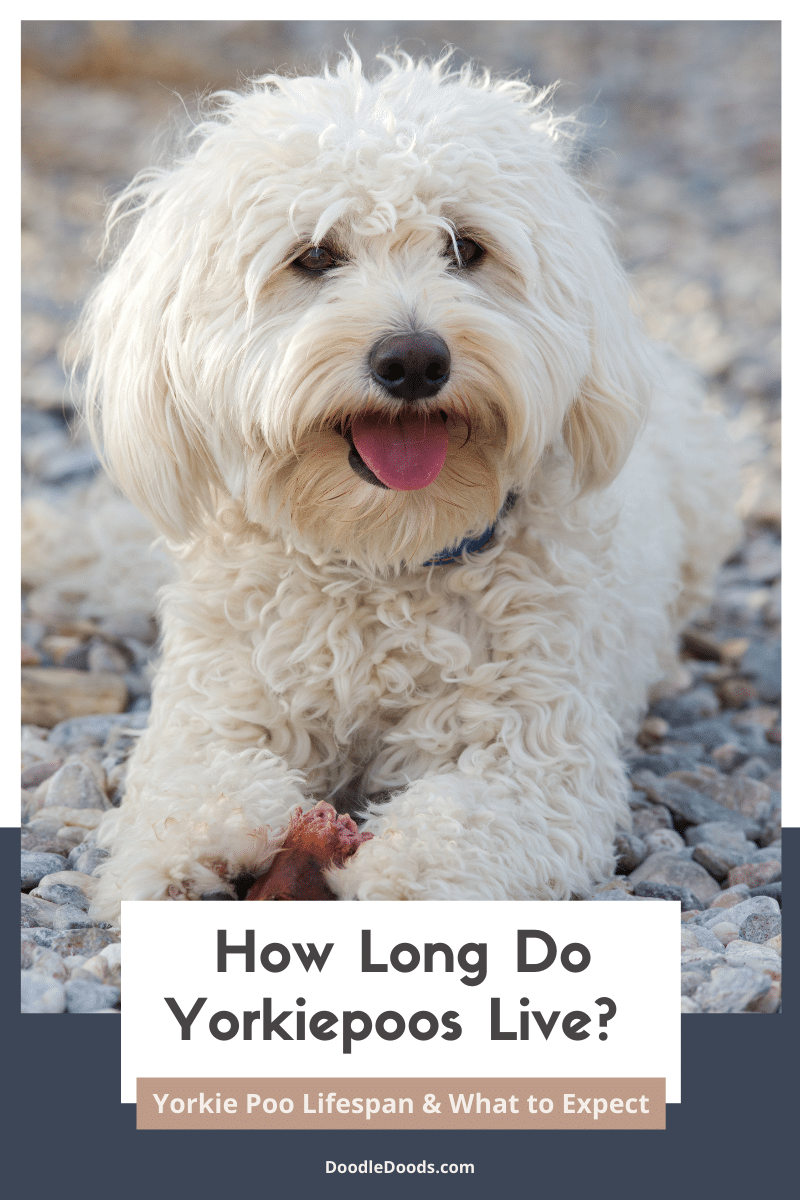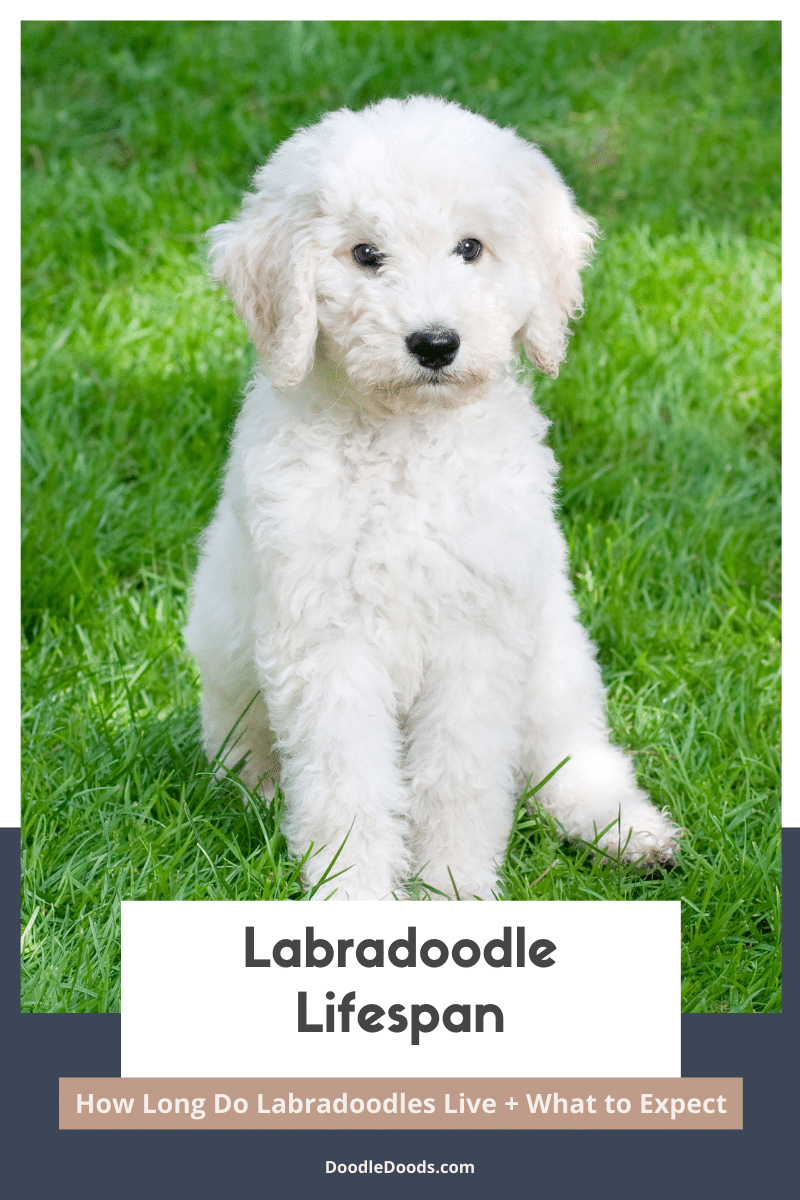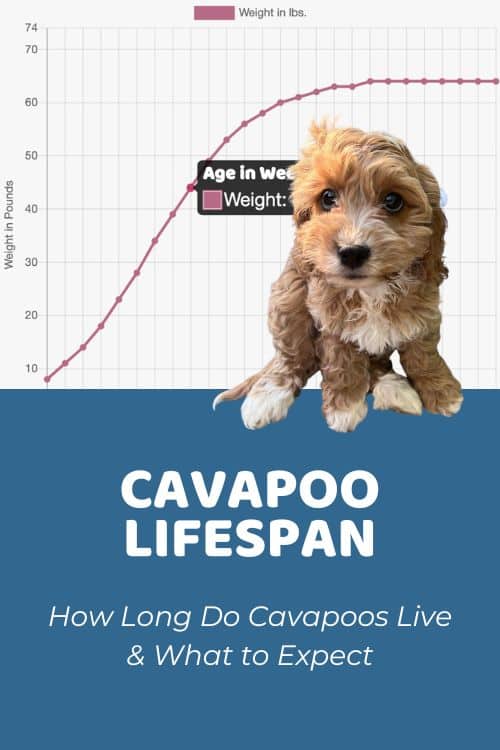As a Newfypoo owner, you may be wondering how long your pup will live. While there is no one definitive answer to this question, we can give you some general insights into Newfypoo lifespan and life expectancy. Keep reading to learn more about what to expect from your furry friend!
Table of Contents
- Newfypoo Lifespan: How Long Do Newfypoos Live?
- How Size Can Affect Newfypoo Lifespan
- Newfypoo Life Expectancy: How Their Generation Can Play A Role
- Life Stages Of A Newfypoo
- Signs Of Aging To Look Out For
- Common Health Problems In Newfypoos
- How To Extend Your Newfypoo’s Lifespan
- Newfypoo Lifespan: Frequently Asked Questions
Newfypoo Lifespan: How Long Do Newfypoos Live?
The Newfypoo is a hybrid dog breed that is quickly gaining popularity among dog lovers. They are a mix of Newfoundland and Poodle, two breeds that are known for their gentle dispositions and loyalty. Newfypoos are low-shedding and hypoallergenic, making them a great choice for people with allergies or who don’t like dealing with a lot of shedding. But how long do Newfypoos live?
When trying to predict how long a hybrid dog will live, it’s crucial that we first understand their heritage. Newfoundlands have an average life expectancy of around 8 to 10 years, whereas Poodles tend to live between 12 to 15 years. Based on that information, we can start estimating the Newfypoo’s life expectancy.
The average Newfypoo lifespan ranges from 9 to 12 years. For a dog that size, it’s certainly a good amount, as larger dogs generally have shorter lives compared to smaller breeds.
How Size Can Affect Newfypoo Lifespan
Interestingly enough, a dog’s size can play a role in their life expectancy. As we mentioned earlier, smaller dogs tend to have a slight advantage in this area, as they may outlive larger dogs. Let’s take a closer look.
Mini Newfypoo Life Expectancy
As Mini Newfypoos are the smaller variation of this adorable crossbreed, they also tend to live longer compared to their standard-sized cousins. For this reason, a Mini Newfypoo’s life expectancy would fall somewhere around 11 to 12 years on average.
Standard Newfypoo Life Expectancy
As we know, smaller dogs often outlive larger dogs. For this reason, the larger Standard Newfypoo has a life expectancy of around 9 to 10 years. However, this doesn’t necessarily mean that they won’t live any longer than that. The key is to properly take care of your pup. This will surely make an impact on their overall health and lifespan. More on that later.
Newfypoo Life Expectancy: How Their Generation Can Play A Role
Newfypoo’s size isn’t the only thing that can affect their lifespan. In fact, a Newfypoo’s generation can also influence their life expectancy.
If you’re new to hybrid breeds, you may be confused – what are those generations anyway? Simply put, generations tell us how a Doodle was bred and how much of their genetic makeup roughly consists of either of the purebred parents. However, please keep in mind that although knowing the generation can give us a better understanding of a Newfypoo’s genetic makeup, these are just rough estimates, meaning that they necessarily won’t guarantee a certain mix of genes.
Before we take a look at the difference between generations, here’s an overview of what each Newfypoo generation represents:
| 1st Parent | 2nd Parent | % Newfoundland* | % Poodle* | |
| F1 Newfypoo (first-generation) | Newfoundland | Poodle | 50% | 50% |
| F1B Newfypoo (first-generation backcross) | F1 Newfypoo | Poodle | 25% | 75% |
| F1BB Newfypoo (first-generation backcross backcross) | F1B Newfypoo | Poodle | 12.5% | 87.5% |
| F2 Newfypoo (second-generation) | F1 Newfypoo | F1 Newfypoo | 50% | 50% |
| F2B Newfypoo (second-generation backcross) | F1 Newfypoo | F1B Newfypoo | 37.5% | 62.5% |
| F2B Newfypoo (alternate cross) | F2 Newfypoo | Poodle | 25% | 75% |
| F3 / Multigen Newfypoo | F1B Newfypoo or higher | F1B Newfypoo or higher | Varies | Varies |
F1 Newfypoo Lifespan
F1, or first-generation Newfypoos have a 50-50 mix of Newfoundland and Poodle. Since their genetic makeup has roughly an equal mix of the parental breeds, they’ll likely have a lifespan that falls within 9 to 12 years.
What’s more, crossbreeds like Doodles, including Newfypoos, benefit from something called hybrid vigor, which indicates that hybrid breeds are often healthier than their purebred parents. In fact, hybrid vigor is most dominant in F1 Doodles, meaning that F1 Newfypoos may often live healthier lives with a smaller chance of inheriting specific health conditions that are common in their purebred parents.
F1B Newfypoo Lifespan
F1b, or first-generation backcross Newfypoos have 25% Newfoundland and 75% Poodle in their genetic makeup. If you remember from earlier, we mentioned how a Poodle’s lifespan is around 12 to 15 years. And since F1b Newfypoos often inherit the majority of their genetic makeup from the Poodle, they also tend to take after the Poodle in this area. For this reason, an F1b Newfypoo may have a longer life expectancy compared to those who have an equal mix of both purebred parents in their genetic makeup.
F2 Newfypoo Life Expectancy
F2 Newfypoos, or second-generation Newfypoos have a similar genetic makeup as F1 Newfypoos. Likewise, depending on their exact genetic makeup, they’ll likely have a lifespan that’s influenced by both of their purebred parents’ life expectancies.
But, as we mentioned earlier, F2 Newfypoos may not benefit from hybrid vigor to the same extent as F1 Newfypoos. Nonetheless, ethical breeders conduct extensive health and DNA testing on their breeding dogs to ensure that the parents are healthy and free from hereditary diseases. This will minimize the risk of the offspring inheriting any health conditions that could affect their lifespan and quality of life.
Life Stages Of A Newfypoo
Now that we’ve answered the question, “How long do Newfypoos live?” it’s time to take a look at the different life stages of a Newfypoo. This is crucial information for any dog owner, as it helps you be prepared for the upcoming years with your new best pal, helping you provide your pup the best care throughout all of their life stages.
Puppyhood
This is the most crucial stage in a Newfypoo’s life. Puppies are growing and developing rapidly, and they’re also susceptible to diseases and infections. For this reason, it’s important to keep a close eye on your puppy during this time and to take them to the vet for regular checkups and vital puppy shots and dewormings. By the way, you should only take your pup to a dog park once they’ve received all of their vaccinations.
During puppyhood, your Newfypoo will need a diet that’s rich in protein and nutrients to support their growth. For that period, we recommend you opt for a dog food specially designed for puppies. If you’ve got a larger Standard Newfypoo, you may want to consider a puppy formula that’s made for large breed dogs. Equally important is to feed your puppy the right amount of food – not too much and not too little, as this can also affect their growth and overall health.
That being said, don’t forget to keep track of your puppy’s growth. Mini Newfypoos usually reach half their adult weight around 4 to 5 months of age, whereas Standard Newfypoos will reach half their adult size around 5 to 6 months old.
The first year is also when you’ll need to begin training your Newfypoo. Start with basic obedience commands like sit, stay, come, and down. Potty training and crate training are also given, as this helps establish good bathroom manners and behaviors early on. You’ll also need to start socializing your Newfypoo during this time to ensure that they grow into a well-rounded dog. Not only will this help you establish a good relationship with your Newfypoo, but it will also set the foundation for a lifetime of good behavior.
Adolescence
The adolescence period usually starts around the 6 month mark. This is the stage where your Newfypoo will reach sexual maturity and their growth will start to slow down. You can expect your Newfypoo to fill out and develop muscle during this time.
Your Newfypoo will also be full of energy during this stage, and they may become a bit more rebellious as they test their limits. It’s important to continue training and exercising your Newfypoo during this time to help them burn off excess energy.
Another key consideration during adolescence is getting your puppy spayed or neutered. Not only is this a responsible thing to do as a dog owner, it has also shown to help with certain behavioral problems that stem from their hormones being all over the place. We recommend you consult with your veterinarian about the most appropriate time for this procedure according to your pup’s health.
Adulthood
This is the stage where your Newfypoo will reach their full adult size and weight. For Mini Newfypoos, this generally happens between 11 and 13 months old. For Standard Newfypoos, however, it could take as long as 18 to 24 months. They’re large Doods after all!
They’ll also start to settle into their adult lifestyle, meaning that they won’t act as crazy and mischievous as they used to. Nonetheless, be prepared for your newly adult Newfypoo to still act as a little kid at times.
Furthermore, it’s important to continue feeding your Newfypoo a high-quality diet and to make sure that they get plenty of exercise during this stage. But, as your pup is now all grown up, it’s time to switch to an adult dog food formula. Since puppy food usually contains more calories and a different nutrient profile, switching to an adult formula will keep your Dood at a healthy weight.
Senior
This is the stage where your Newfypoo will start to slow down and their energy levels will decrease. You may also notice some changes in their behavior and appearance, such as graying hair and a decrease in muscle mass. This generally happens around the 10 year mark, but for larger Newfypoos the golden years may start sooner than that.
It’s important to make sure that your senior Newfypoo is getting enough exercise during this time and to continue feeding them a high-quality diet. Keep in mind, however, that senior dogs tend to slow down and they won’t be as active as they used to. This means that their dietary requirements will also change. So, you may have to feed your dog slightly less and even switch to a senior dog food formula. This will help prevent obesity, which can lead to joint problems – a common issue in elderly dogs.
You should also take them to the vet for regular checkups so that any health problems can be detected and treated early on. For senior dogs, the general recommendation is to visit the vet every 6 months or so.
Signs Of Aging To Look Out For
As your Newfypoo starts to age, you may notice some changes in their appearance and behavior. Some of them we already discussed – aging dogs tend to become less energetic and they often slow down as they get older.
Common changes include graying hair, a decrease in muscle mass, a decrease in activity levels, weight gain, change in sleeping habits, change in appetite, increased thirst, and difficulty rising from a lying or sitting position. They may also experience vision loss, changes in their coat quality, difficulties with hearing, or develop lumps and bumps under the skin.
There are also some behavioral signs of aging to look out for. Most notably, some dogs become fearful around familiar people or in situations where they usually weren’t stressed. Anxiety and confusion are also sometimes present in elderly dogs.
While these changes can be concerning, it’s important to remember that each dog will age differently and there is no “correct” way of aging. Above all, you should be prepared for what’s to come, so you can treat and manage whatever ailments your dog may struggle with, minimizing the unpleasant symptoms with proper care.
Common Health Problems In Newfypoos
Although Newfypoos are generally healthy dogs, they are still at risk of some health conditions that are common in Newfoundlands and Poodles.
The most common health problems in Newfypoos include:
- Joint problems, such as hip dysplasia and elbow dysplasia
- Eye diseases like PRA, cataracts, cherry eye, and glaucoma
- Skin problems, including sebaceous adenitis
- Heart disease like subvalvular aortic stenosis
- Gastric dilatation volvulus (GDV), a.k.a bloat, a potentially life threatening condition
- Allergies, sensitivities, and intolerances
- Ear infections
How To Extend Your Newfypoo’s Lifespan
Although genetics do play a role in a Newfypoo’s life expectancy, there are also several things that you can do to help extend your Newfypoo’s lifespan. By providing your dog with a healthy lifestyle and a loving home, you may be able to extend their lifespan beyond the average. Here are some tips:
Healthy Diet
One of the key things to focus on is feeding your dog a high-quality diet. A healthy diet is essential for all dogs and it can greatly affect your Newfypoo’s lifespan to the better. A diet that’s rich in quality nutrients will help support their growth and development, and keep their bodies functioning at an optimal level.
We recommend you opt for dog food formulas that are made with real, quality ingredients, and that don’t contain any artificial flavors, colorants, preservatives, or unnecessary filler ingredients.
What’s more, don’t forget to pay attention to how much you feed your dog. As we briefly mentioned earlier, over or underfeeding your dog could have a drastic impact on their health. If your dog eats too much, they’ll be at risk of obesity. This in turn can lead to joint problems, heart disease, and other health issues. Similarly, if you don’t feed your pup enough, it could lead to malnourishment and a host of other health conditions.
Daily Exercise
Needless to say, you should make sure that your dog gets plenty of exercise on a daily basis. It helps them burn off excess energy and keeps their muscles and joints healthy. It’s also crucial for good heart health and even preventing obesity.
In fact, providing enough exercise for your Dood will also help prevent behavioral problems. Intelligent dogs as they are, they need plenty of physical and mental stimulation to keep unwanted and destructive behaviors at bay. As they say, a tired dog is a happy dog!
For Newfypoos, you should aim for an hour of exercise each day. Daily walks, playtime, swimming, and light jogging would be perfect for that.
Routine Vet Checkups
It goes without saying that you should keep a close eye on your dog’s behavior and health at all times. The best course of action would be to take your Newfypoo to the vet for regular checkups.
Regular vet checkups are crucial, as you’ll be able to detect and treat any health problems early on. In addition to that, as soon as you notice any changes in your dog’s behavior, it’s best to consult with your veterinarian about the next steps. Only then you’ll be able to get a proper diagnosis for your dog, which can ultimately save them from the worst.
Some of the most common signs to keep an eye out for are changes in bathroom habits and bowel movements, changes in sleep patterns, weight, growth, and appetite. They may also become lethargic, tired, experience nausea, or simply look unwell.
Dogs can also exhibit some easily detectable symptoms, such as coughing, wheezing, runny nose, red and swollen gums along with bad breath, vomiting, and so forth. In addition to that, increased thirst and difficulty with urination are often a symptom of an illness as well.
Of course, you should also be mindful of your dog’s overall behavior, as many underlying medical conditions may only cause your pup to behave differently without any other symptoms.
During puppyhood it’s wise to take your pup to the vet more frequently to track their growth and weight gain, have them spayed or neutered, and also have the vet administer necessary vaccinations. During adulthood, the general recommendation is to have your pup examined once a year. And during those golden years, you may have to take your Dood for checkups around every 6 months or so.
Regular Grooming
Although this may surprise some, regular grooming is an absolute must when it comes to keeping your pup healthy and happy. Like other Doodles, Newfypoos are prone to matting, which can lead to pain, infections, and a variety of skin issues.
To keep your Newfypoo’s coat healthy and gorgeous at all times, you should aim to brush their coat daily, or at least 3 to 4 times a week. This is the best and easiest way to prevent matted hair. Moreover, these Doods also need to have their coats trimmed every 4 to 8 weeks, along with ear hair trimming to prevent ear infections. Around this time you can also give them a thorough wash. However, some pups need to be washed more often than that, depending on your dog’s lifestyle and skin conditions.
Newfypoo Lifespan: Frequently Asked Questions
The average lifespan for a Newfypoo is 9 to 12 years. However, some individual dogs may live longer or shorter depending on their lifestyle and genetics. In addition to that, Mini Newfypoos may outlive larger Standard Newfypoos, as smaller dogs tend to have a longer life expectancy in general.
Indeed, Newfypoos are generally healthy dogs, as they benefit from hybrid vigor. However, all dogs are susceptible to certain health conditions that are common in their parental breeds. For this reason, choosing an ethical breeder is crucial, as they extensively test all of their breeding dogs for various hereditary diseases before breeding any puppies.
The most common health problems in Newfypoos are joint problems like hip and elbow dysplasia, eye diseases, skin problems, heart disease, and gastric dilatation volvulus (GDV). They’re also prone to ear infections and stomach problems, including food allergies and intolerances.
Newfypoo Lifespan: Final Thoughts
Newfypoos are amazing, loyal companions that will bring years of joy to your life. With a lifespan of 9 to 12 years, you can expect a lot of quality time with your furry friend. While their size and generation can play a role in how long they live, the main factor is their overall quality of life. This includes everything from a healthy and balanced diet, regular exercise, routine vet visits, to grooming, and a loving and nurturing home environment. We hope you learned some useful information about the Newfypoo life expectancy in this article.

